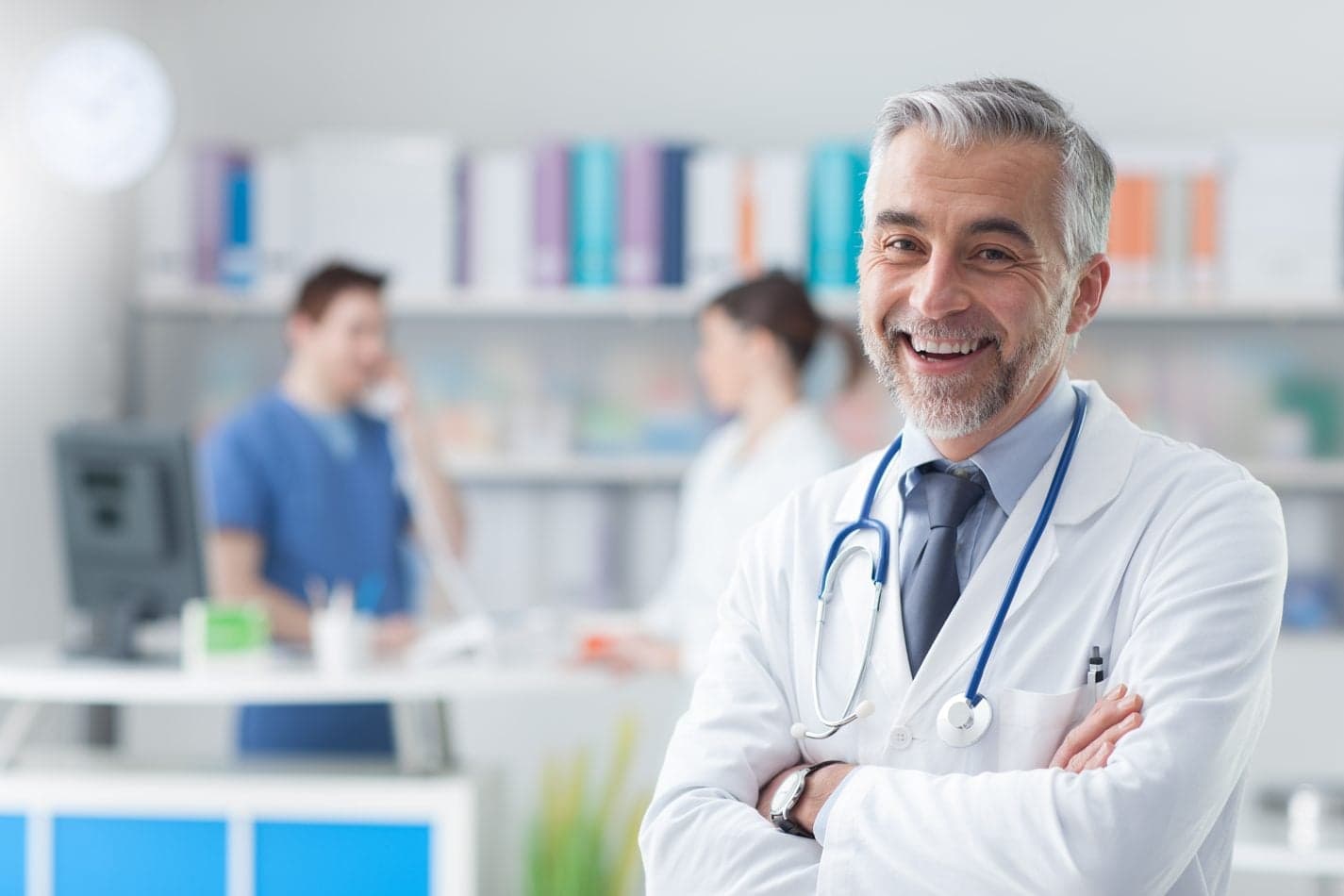
2025-08-12T11:38:49
Health Benefits of Fiber
- Family Medicine
- Gastroenterology
- Internal Medicine
- Weight Management
October 19, 2016 | Gastroenterology
Specialties:Gastroenterology

If you’ve been struggling with digestive symptoms that don’t resolve with over-the-counter antacids or antidiarrheal medications, your gastroenterologist may suggest that you undergo an upper endoscopy. This safe, nonsurgical procedure allows your doctor to examine your esophagus, stomach and the upper part of your small intestine (the duodenum) using a flexible tube (endoscope) with a light and camera attached to it.
Upper endoscopy is usually performed as an outpatient procedure in your doctor’s office or at an outpatient surgery center. Sometimes it is performed in a hospital or emergency room to identify and treat certain severe conditions including upper digestive system bleeding.
“Upper endoscopy is more accurate than X-rays for detecting abnormal growths such as cancer and for examining the inside of the upper digestive system,” explains WebMD. Your gastroenterologist may perform the procedure in the presence of the following symptoms:
An endoscopy can help identify ulcers, and your doctor may use an endoscopy to perform a biopsy when looking for cancers of the digestive system. It can also help to detect precancerous conditions such as Barrett’s esophagus. A special form of endoscopy, called an endoscopic retrograde cholangiopancreatography, or ERCP, takes pictures of the gallbladder and pancreas.
Endoscopy is often used to treat conditions of the digestive tract. By passing special tools through the endoscope, your gastroenterologist can:
Prior to your procedure, you will fast for approximately eight hours. If you take blood-thinning medications, you will stop taking them prior to your endoscopy to prevent an increased risk of bleeding. Your doctor will give you specific instructions regarding any medications you may be taking for other chronic conditions.
Because you’ll receive a light sedative during your endoscopy, it’s important to have someone else drive you home. You may want to take the day off work and avoid making important decisions for 24 hours.
After your doctor explains the procedure to you and answers your questions, an anesthetic may be sprayed in your mouth to numb your throat. You’ll receive a pain reliever, and a sedative is injected through a vein in your forearm to relax you and induce a light sleep. A plastic mouth guard helps hold your mouth open, and you lie on your left side.
As your gastroenterologist inserts the endoscope into your mouth, you may be asked to swallow as the scope passes through your esophagus and into your stomach. Monitors attached to your body allow your healthcare team to monitor your breathing, blood pressure and heart rate.
A small camera at the tip of the endoscope transmits images to a color video monitor in the exam room that your doctor watches, looking for abnormalities in your upper digestive tract. Your doctor may pass surgical tools through the scope to collect a tissue sample or remove a polyp.
When the exam is complete, your doctor slowly retracts the endoscope through your mouth. The procedure typically takes from 15 to 30 minutes, and most patients wake up within an hour. Your health care team monitors you in a recovery room as the sedative wears off.
The doctor who performed the endoscopy will share the results with you after the procedure and send them on to your primary or referring doctor.
Complications from an upper endoscopy are rare. The risk of a tear in your esophagus or upper digestive tract is very low, occurring “in an estimated 1 of every 2,500 to 11,000 diagnostic upper endoscopies,” according to Mayo Clinic.
However, you may have some mild discomfort that will pass in time. It’s normal to experience:
Would you like more information on how an upper endoscopy can help you resolve frustrating digestive symptoms? Revere Health’s gastroenterologists diagnose and treat a wide variety of disorders of the gastrointestinal tract, including acid reflux, ulcers, and Barrett’s esophagus. We offer compassionate, patient-centered care in multiple Utah locations and work with you to develop a treatment plan based on your individual needs and goals.
WRITTEN BY:
The Live Better Team

2025-08-12T11:38:49

2023-03-27T14:47:45

2021-09-02T11:02:37

2018-02-28T12:25:41
This information is not intended to replace the advice of a medical professional. You should always consult your doctor before making decisions about your health.